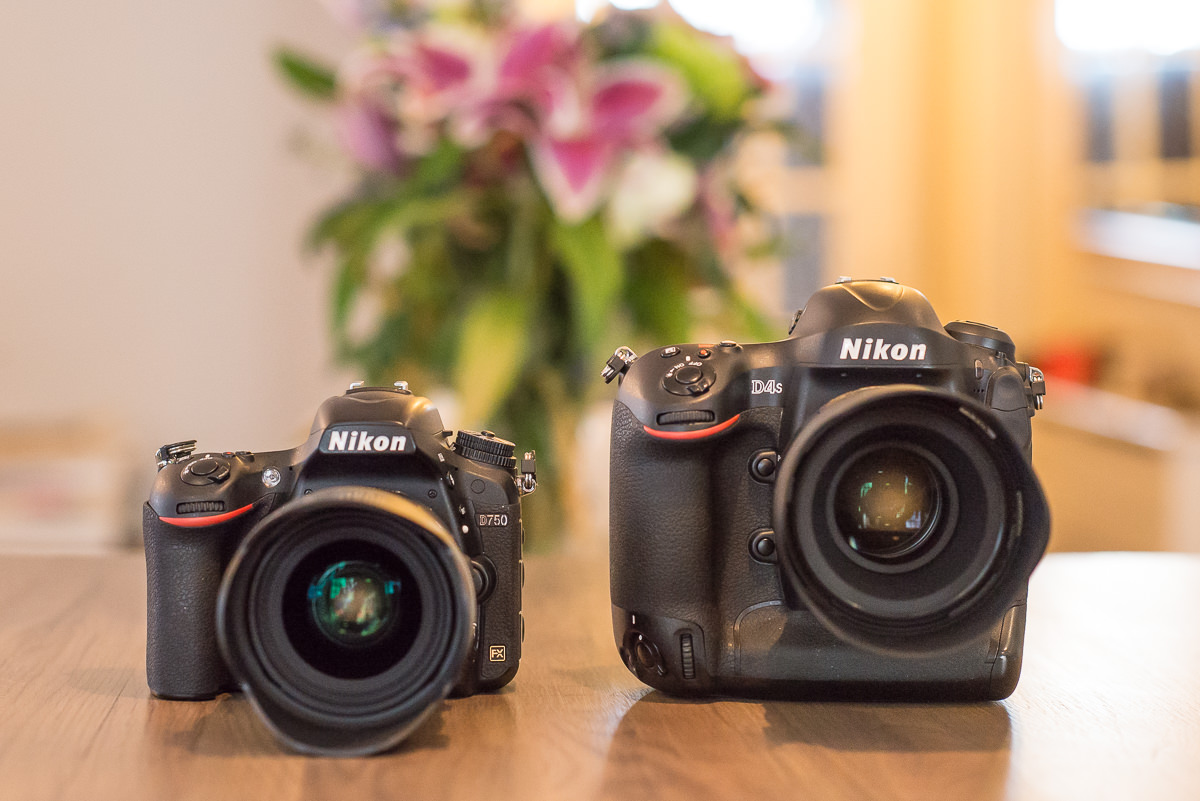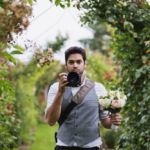Gear review | Nikon D750 vs D4S vs Sony a7s (but only a little on the sony)
Let me start out by saying that I’m not an equipment reviewer, so what follows are simply my observations after many thousands of frames taken through all sorts of weddings. I’m not sponsored by anyone, but if anyone wants to sponsor me I’ll be only too happy to take your money and give a heavily biased review :).
This is my first review, and I’m writing it to address some of the questions I had regarding the D750 & the D4s before I purchased them. I’m not going into all the specs – you can find them elsewhere easily enough. What I’m looking at here is a real world ISO comparison, auto focus capabilities and a few other small intangibles that have an impact on shooting weddings.
Starting with ISO. Over the last few years I’ve owned quite a few cameras, with a wide range of ISO capabilities. I started with a Sony a900 and a Sony a99. For a full frame camera, the a900 was surprisingly poor at medium high ISO. 1600 was really all I was comfortable going up to, and that really wasn’t great. The a99 was better, but 3200 was pretty much it. I pushed it to 6400 sometimes, but the translucent mirror set up really hurt the performance of that sensor. My next camera, the Nikon D610, which had the same sensor as the a99, but without the annoying, 1/3rd of a stop of light stealing, semi-translucent mirror. Without this, the D610 was useable up to 6400 easily. Some would go higher, I personally wouldn’t. The D800 I used alongside the D610 was actually remarkably similar in ISO performance, perhaps even a hair better. This might be due to the finer detail of the higher resolution sensor making the noise smaller, the grain finer, but the end result as that I found the D800 better to work with at 6400. Again, I wouldn’t have pushed it much further than this. But the file size of the D800, along with the shutter shock issue meant that it really wasn’t the camera for me for weddings.
So I shifted the D610 and the D800 and got two D750’s, for two simple reasons; in fact, for me these are really the only two things I care about when it comes to shooting weddings: improved ISO capabilities and improved AF, which I’ll come to later. The D750 has a reworked version of the D610 sensor, and a newer processor, all of which mean improved high ISO. Importantly, the D750 has a native peak ISO of 12,800, vs 6400 on the D610, and this, in the real world, equates to approximately 1 stop improvement. The D750 is really a great little camera, and I regularly use ISO 12,800 at weddings, comfortable in the knowledge that the files retain loads of detail and clean up really nicely in post.
So, where does the D4s fit into this? As you would expect, it’s better. Again, in the real would it’s about a stop better than the D750. It’s native peak ISO is 25,600, and again, I go up to this without concern. Actually, 25,600 is not quite as clean as the D750 at 12,800, so it’s not quite a stop better, but it’s very close to it. Whichever way you look at it, it’s the best camera I’ve owned for high ISO performance. When there is grain, it’s very usable, with very little colour noise. But don’t take my word for it, let’s look at a few comparisons.
All of these were taken with the same settings on both cameras, and are completely unedited – no sharpening and no noise reduction. The lens was the Sigma Art 35mm, and these were shot at f4 to avoid any question of sharpness out of camera.
First up is the D750 @ iso 6400 (1/250th)
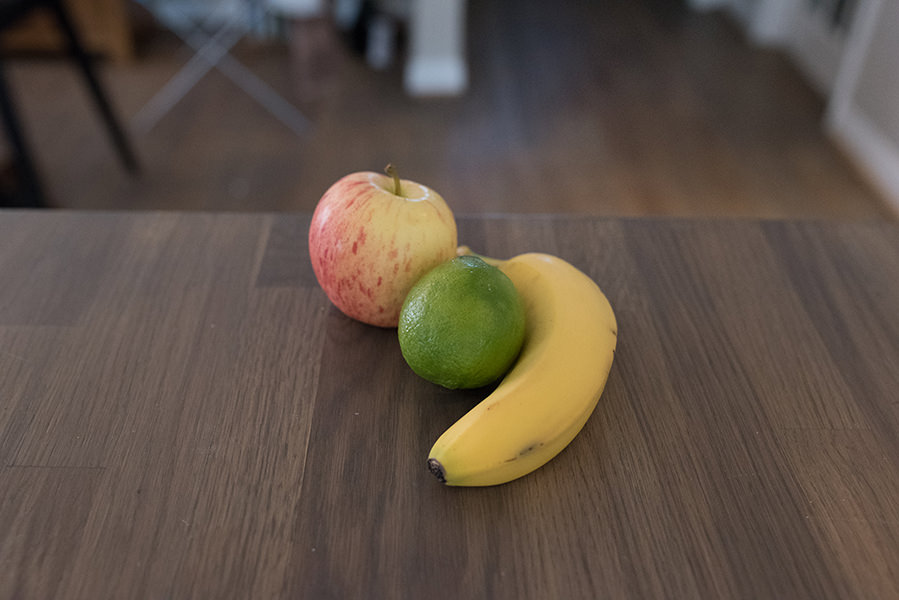
and the 100% crop:
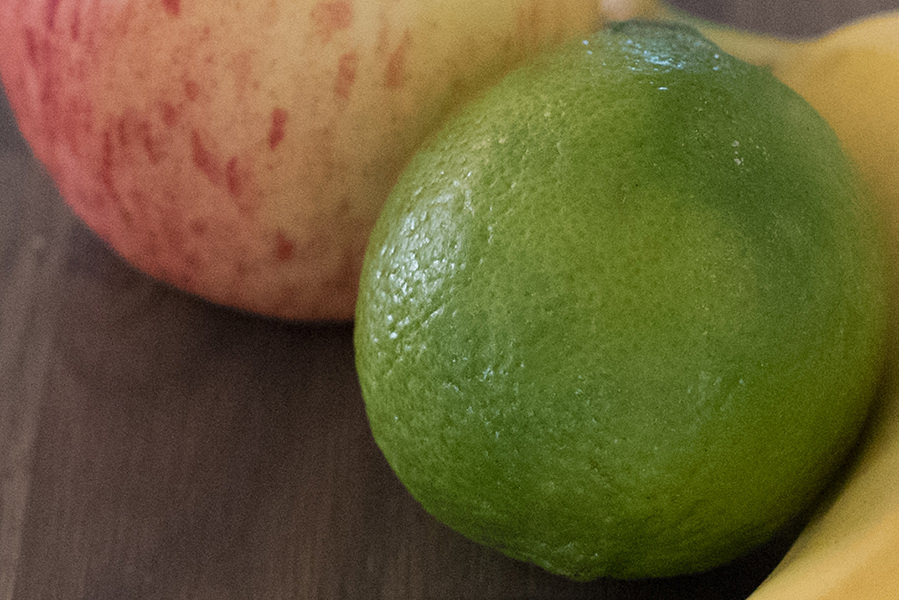
And the D4s @ 6400 (1/250th):
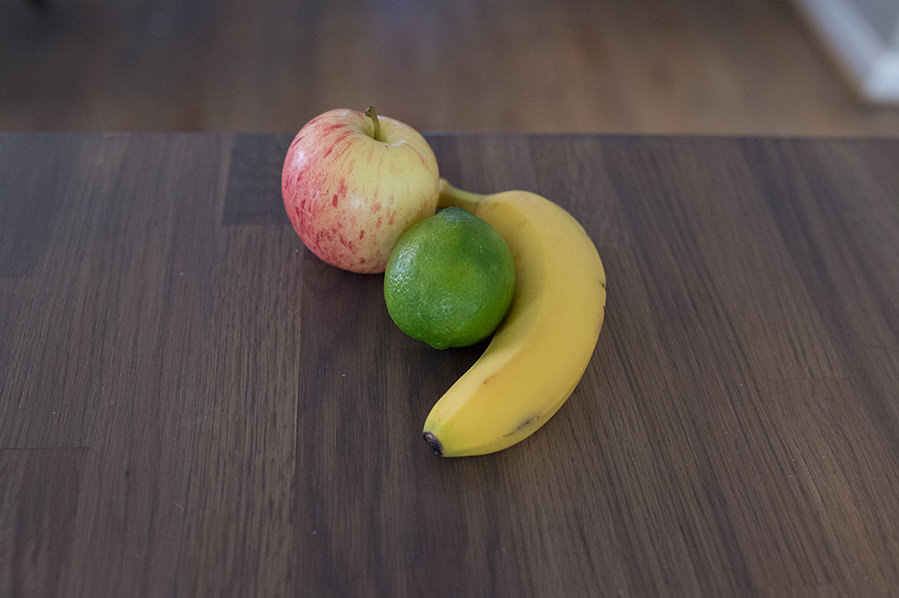
and the 100% crop:
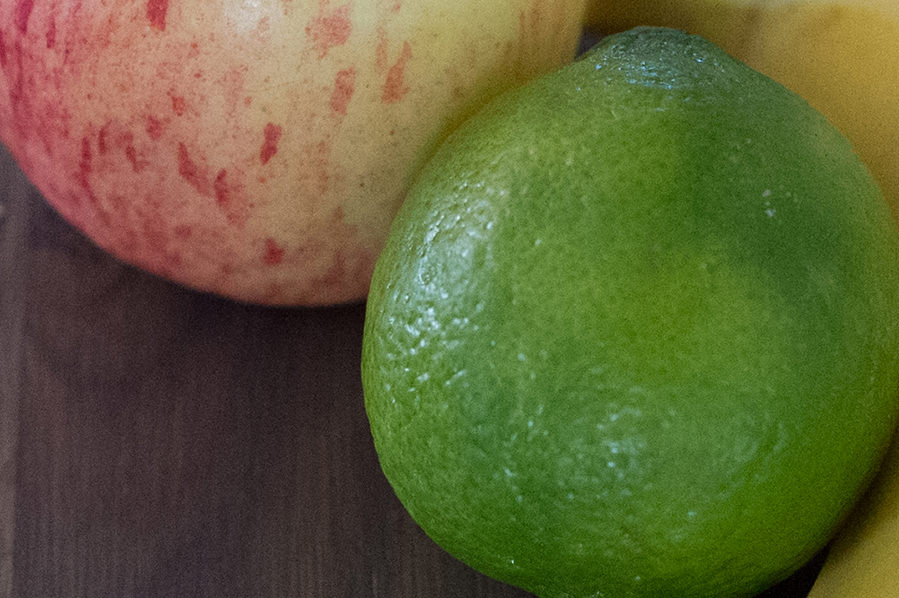
And a side by side at 6400:
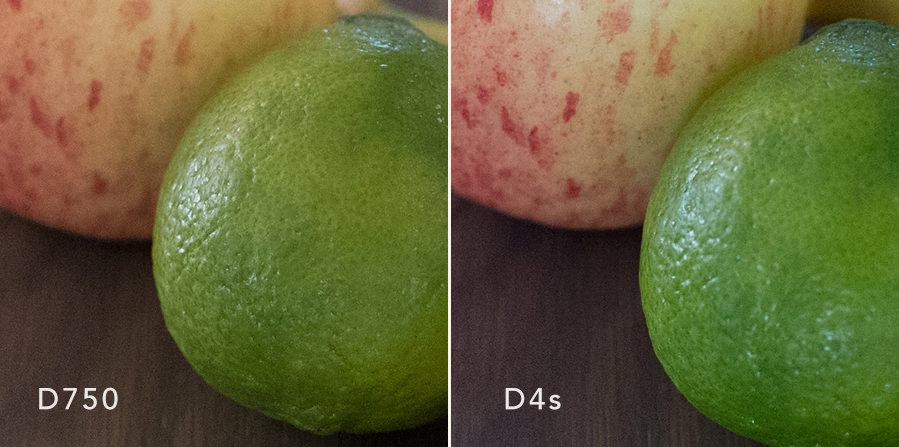
And now the D750 @ 12,800 iso (1/500th):
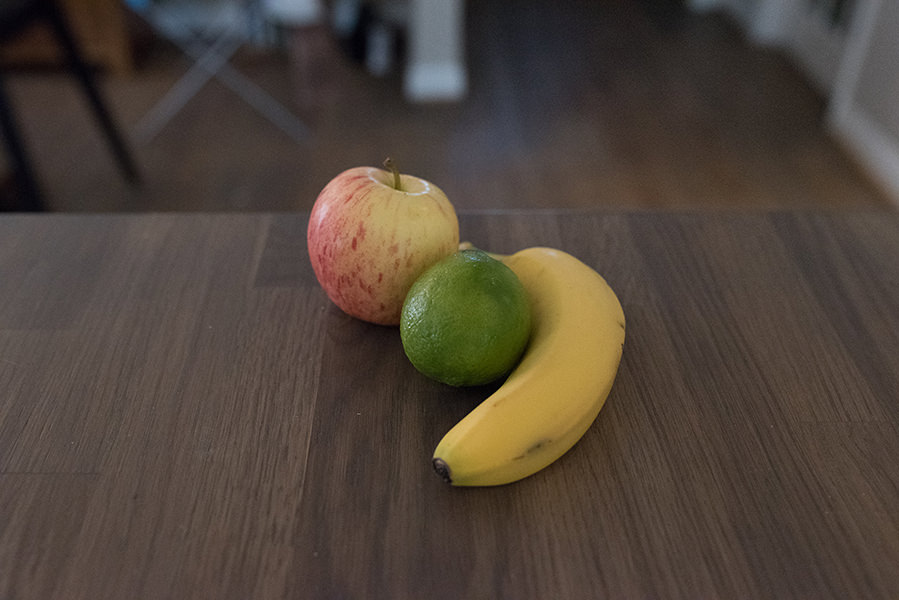
And the 100% crop:
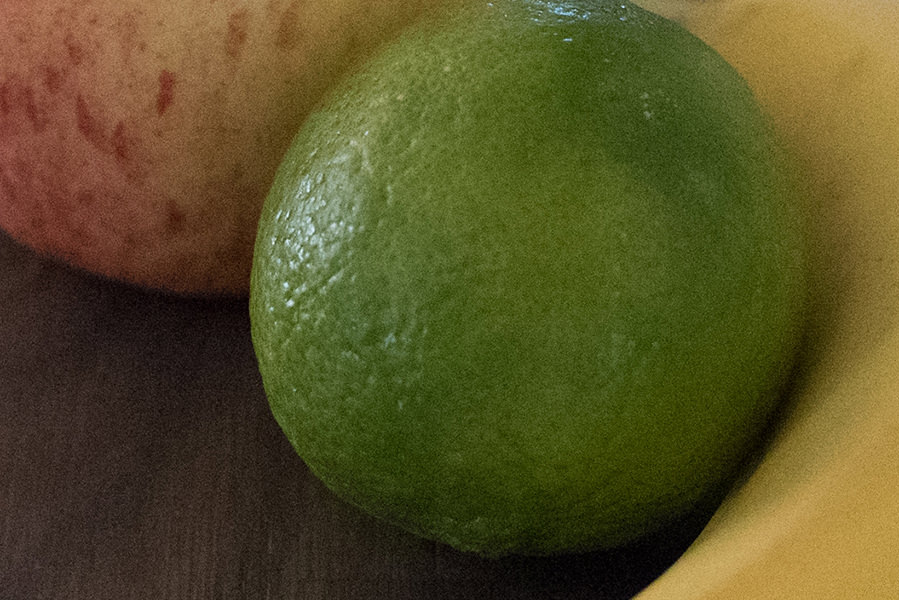
And the D4s at 12,800 iso (1/500th):
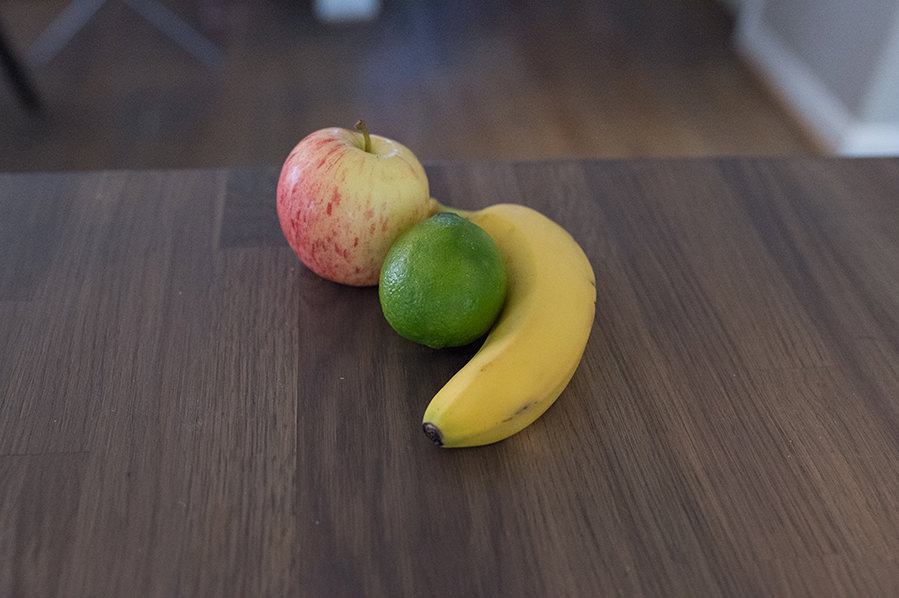
and the 100% crop:
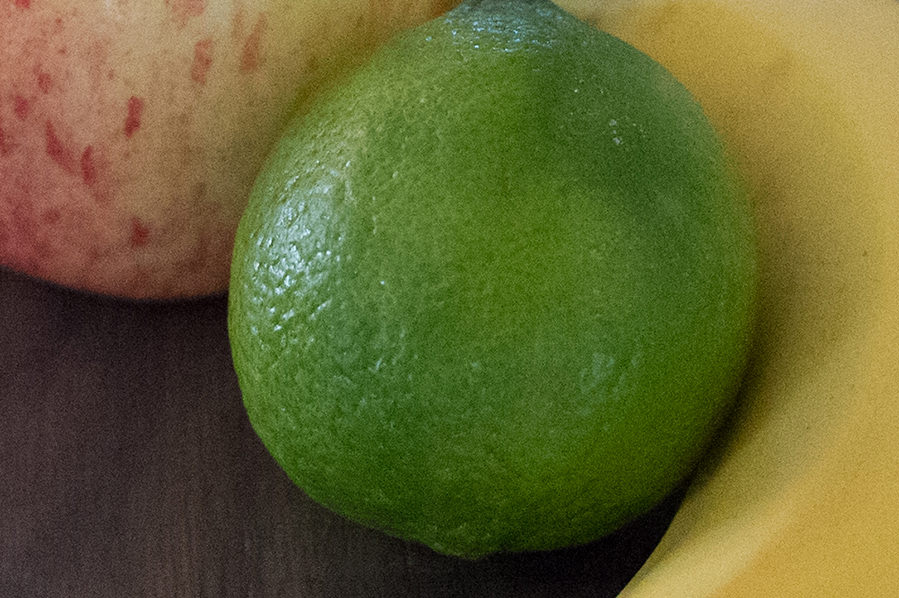
And a little side-by-side at 12,800:
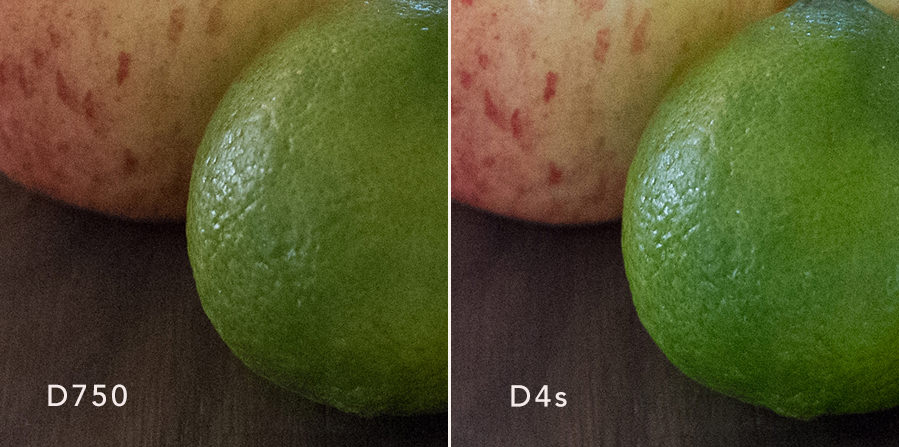
I think here is clear to see the D4s is much cleaner with better colours and much less noise. The detail is also more well preserved.
Here’s the D750 at iso 25,600, which is its highest boosted iso setting. (1/1000th):
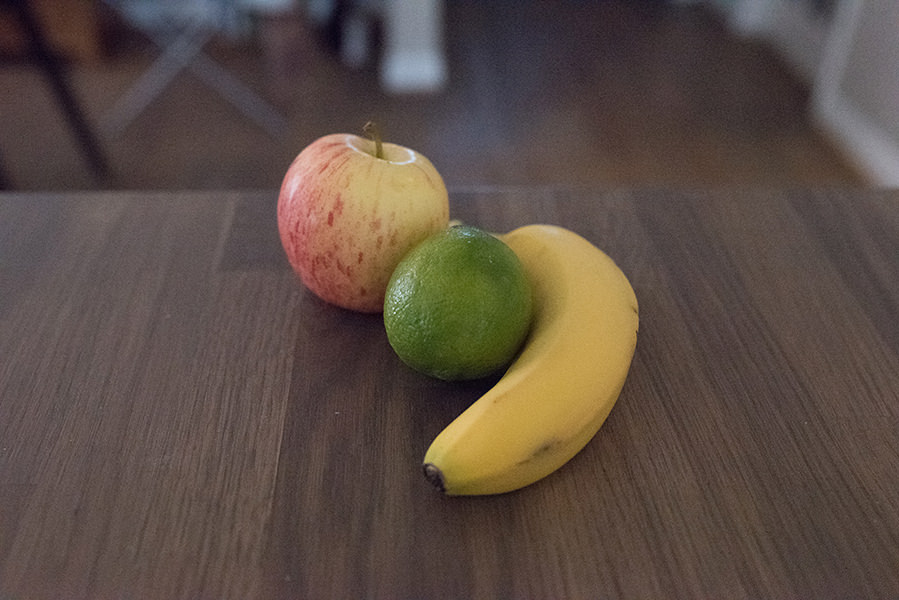
and the 100% crop:
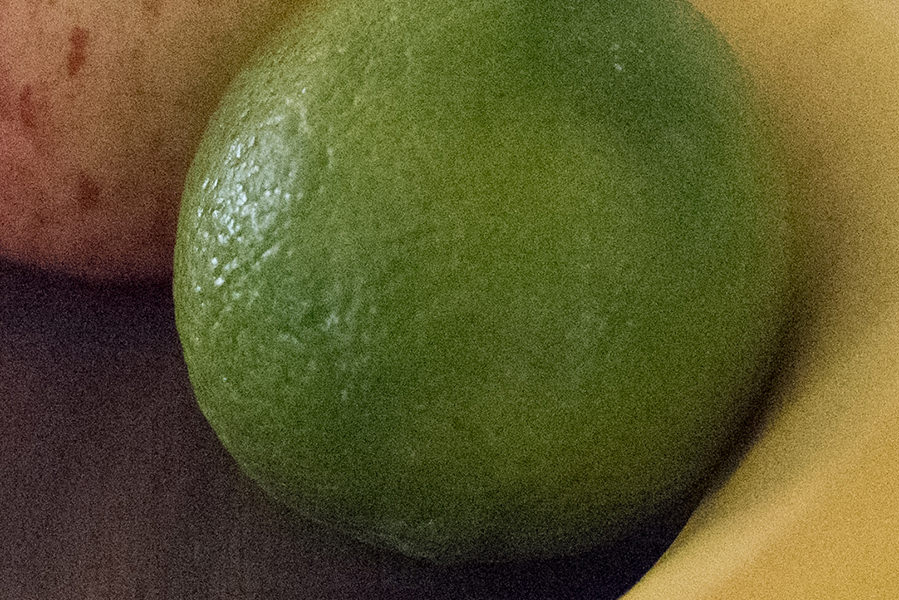
And the D4s at 25,600, which is it’s native maximum iso (1/1000th):
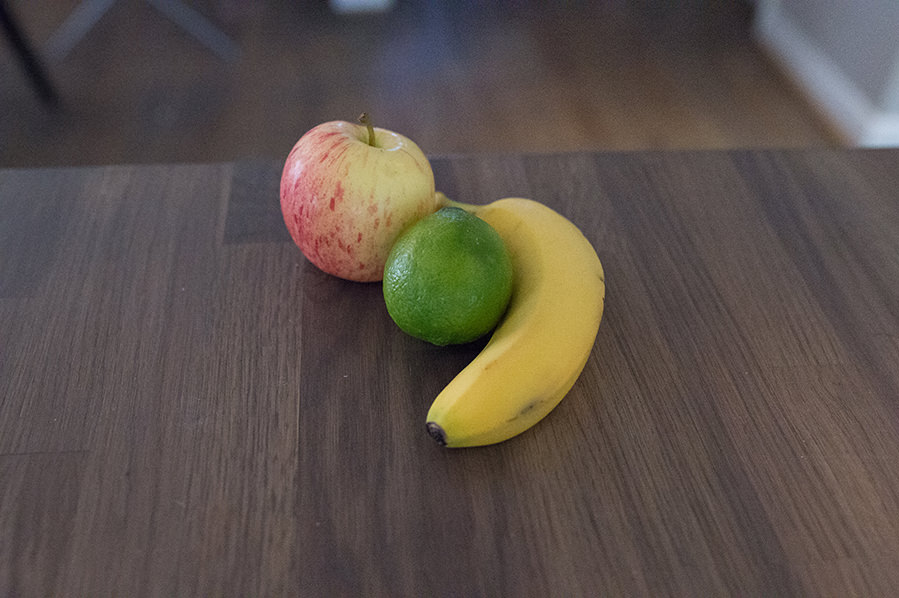
and the 100% crop:
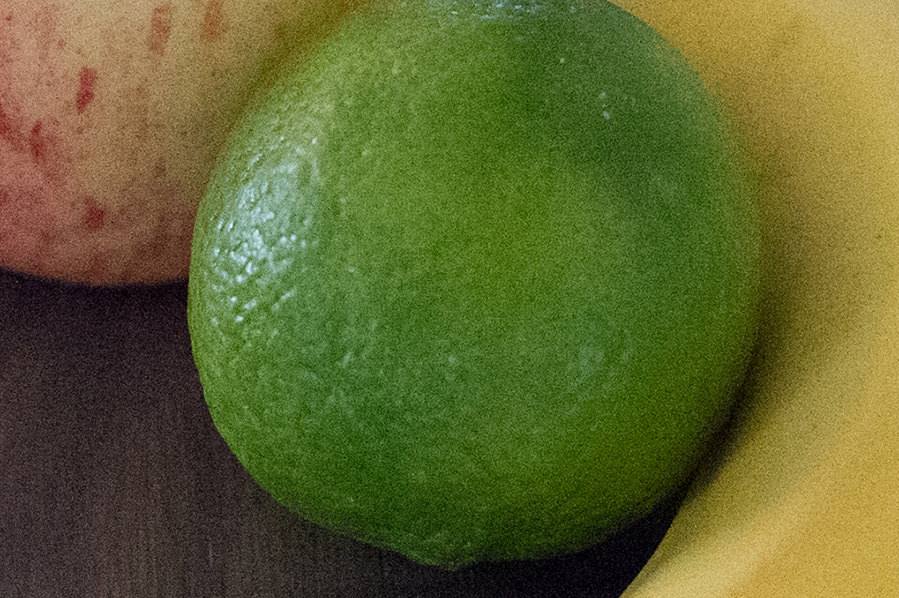
And finally a side by side of the two cameras at 25,600 iso:
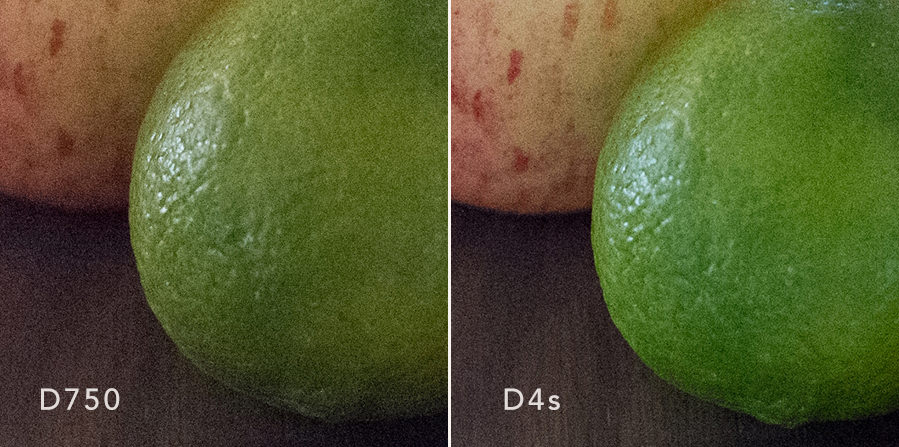
I think the D750 actually does very well here considering that this is a boosted hi ISO, but the difference to the D4s is pretty considerable here, as one would expect. The biggest difference for me is the colour detail that the D4s retains; the D750 is starting to look a bit grey in comparison.
So what does this mean for you? For me, I use the high ISO’s a lot, so it’s nice to have the extra buffer and be able to have the shutter slightly faster to freeze the action a little more. If the most you ever go up to is 3200, then there’s not a huge difference between the two.
Moving onto auto-focus. Now this is an area of a lot of confusion as, on paper, the d750 has the more advance system. The D750 features the Multi-CAM 3500FX version 2, compared to the version 1 on the D4s. On paper, the D750 focuses down to -3ev and the D4s down to -2ev. So, again, on paper the D750 walks it. But, for reasons unknown to me, this is not the case. When I was doing research into this very thing, people on forums kept saying how the Nikon pro cameras (D3, D3s, D4, D4s) have always had more advanced AF algorithms and different mechanisms. I’ve not read anything more specific than that, and have nothing to offer more than that, other than my own experience. A recent wedding is a good example. The evening dancing was taking place in a room untroubled by the concept of light… Actually is was pretty dark, but the main issue was there was just zero contrast. There were no bright DJ lights casting highlight and shadows, just a load of murky, murky murk. I use a few different techniques for the dancing, but I always like to shoot a little with an 85mm and no flash. So I started on the D4s with the sigma 85mm 1.4. I think my settings were roughly f1.8, 1/250th & 12,800. I was a little disappointed at how much it was missing focus. On a rough count after the wedding, only about 40% were acceptably sharp. At the time I tired a few different AF settings; all AF/C with single spot, d9, and also group AF mode. Group AF was the best, but obviously pretty inconsistent with what it was grabbing focus on. To see how the D750 would do, I switched lenses and copied the settings from the D4s. It hit nothing. Nadda. Zip. Not one single shot was usable.
So take from that what you will, but for me the difference in auto-focus between the two cameras is clear, and it’s not the way you would expect going by the spec sheet.
So what else? Well, for one thing, the D4s has a noisy shutter. The d750 is no mouse either, but the D4s is pretty loud. To my recollection, from loudest to quietest I think they go: D700 (I’ve never owned one, but this thing is like thunder clapping…) D800 (about half as loud as the D700) , D4s, D750, and the D610, which was actually pretty quiet and good for the ceremony. The D4s has a quiet mode, but it’s really not that quiet… The Canon 5D3 has a really quiet shutter when it’s in live mode – practically silent.
The grip is another interesting point. The D750 is a much smaller camera, but for me and my relatively big hands, it actually has a much nicer feel than the D4s. The grip is much deeper, so it kind of just hangs there even if you’re not properly holding it.
That’s really all there is too it. The megapixels don’t really matter too much to me. Maybe a few more would be nice – the D5 probably has it spot on – but it’s by no means a deal breaker. The FPS is nice, but I very rarely use it. Bottom line: is it worth 3 or 4 times the cost of the D750? For me, no. But I got mine second hand with only a tiny fraction of it’s 400,000 actuation shutter life used, and the price I got it for made the extra cost justifiable.
To each their own, but hopefully this small review will help answer a few questions you might have had.
Now, on to the Sony. I, like you, have heard a lot of amazing things about the a7s and its killer ISO performance. DXO mark, in their infinite wisdom, put this little camera at the top of their ‘sports’ list, which equates to high iso performance. To my knowledge, nobody really understands DXO Mark’s rating system, but below are samples from the D4s and the a7s. All the settings were the same: 1/2000 shutter speed, f2.8, iso 25,600. The lens was different. The D4s had the lovely 58mm 1.4g attached and the a7s had the Sony 35mm 2.8, so obviously a different look to the image, but my friend (who had the a7s on loan) and I tried to compose the image as closely as possible to the 35mm shot. So have a look at the 100% crops:
A7s @ 25,600 iso:
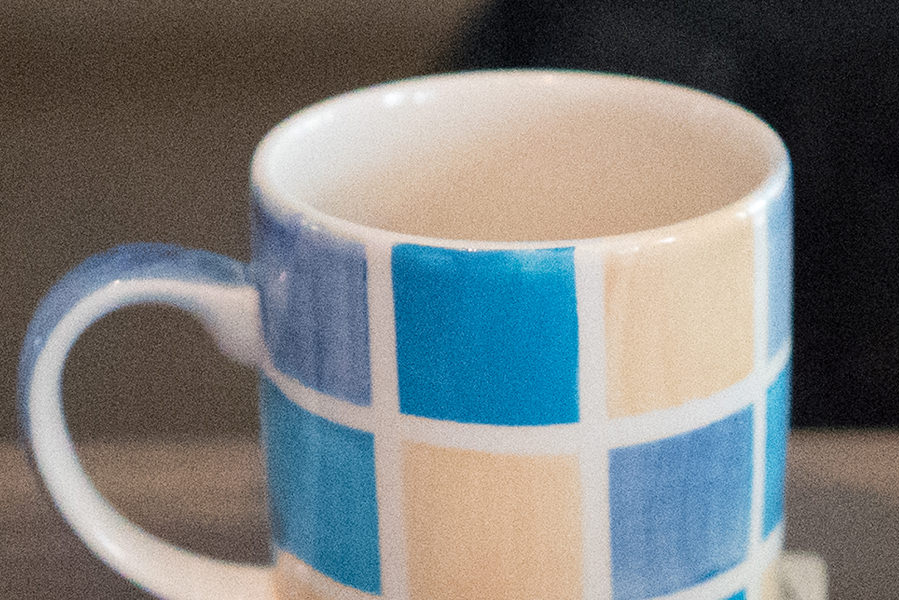
D4s @ 25,600 iso:
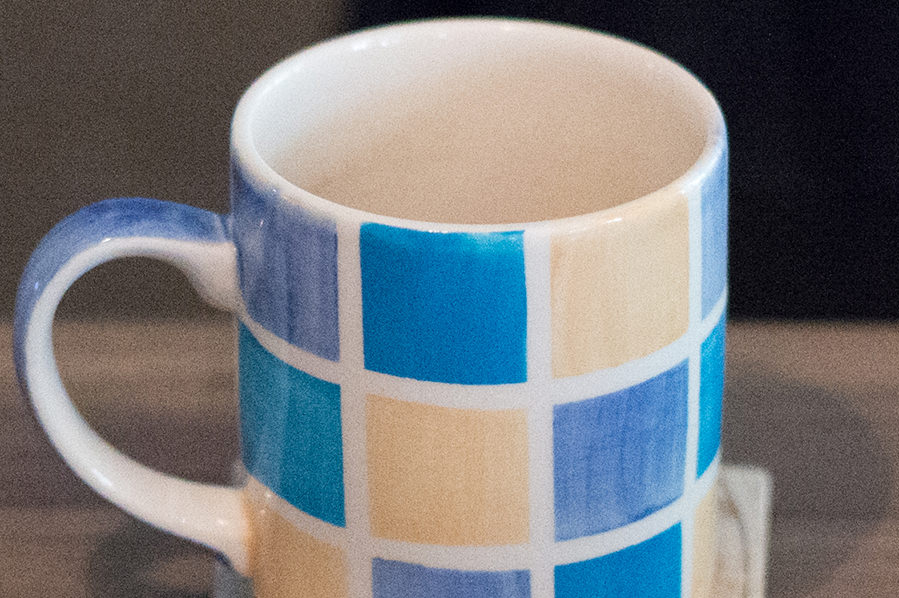
To my eye there is a clear difference in detail between the two, with the D4s the easy winner. The actual amount of noise on the D4s also seems less, finer and more usable. Even the colours are a fair bit more vivid. Now, where the a7s is a little stronger is the dynamic range at this ISO. The shadows where a little better when pushed a few stops – see the same shots here pushed by 2 stops. Ideally I would have taken the 2 photos underexposed by 2 stops and pushed them to the correct exposure in post, but I did not have this foresight whilst my friend had the a7s, so these over exposed shots will have to do for now. I think they display enough information to get a reasonable idea of the differences, anyway.
a7s 25,600 + 2 stops over exposed:
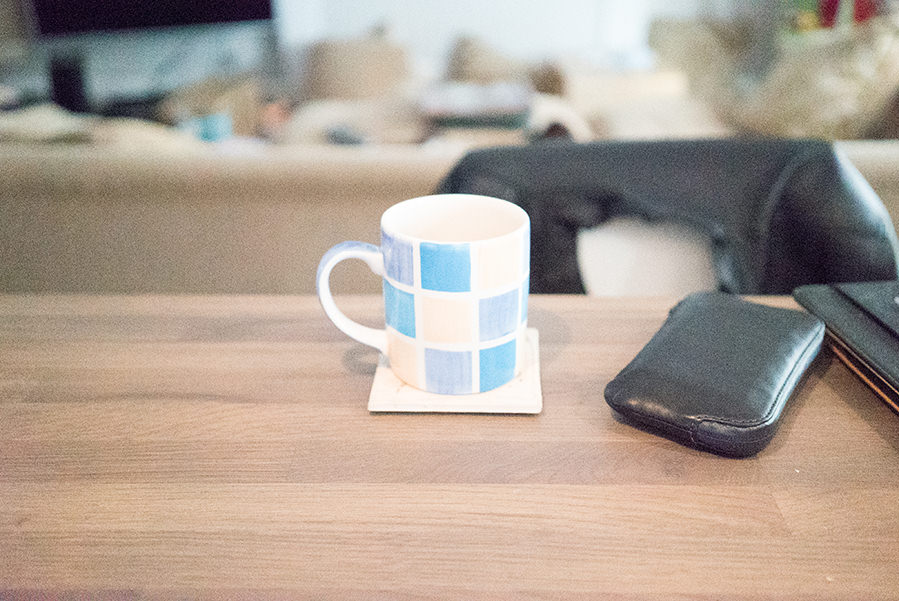
D4s 25,600 + 2 stops over exposed:
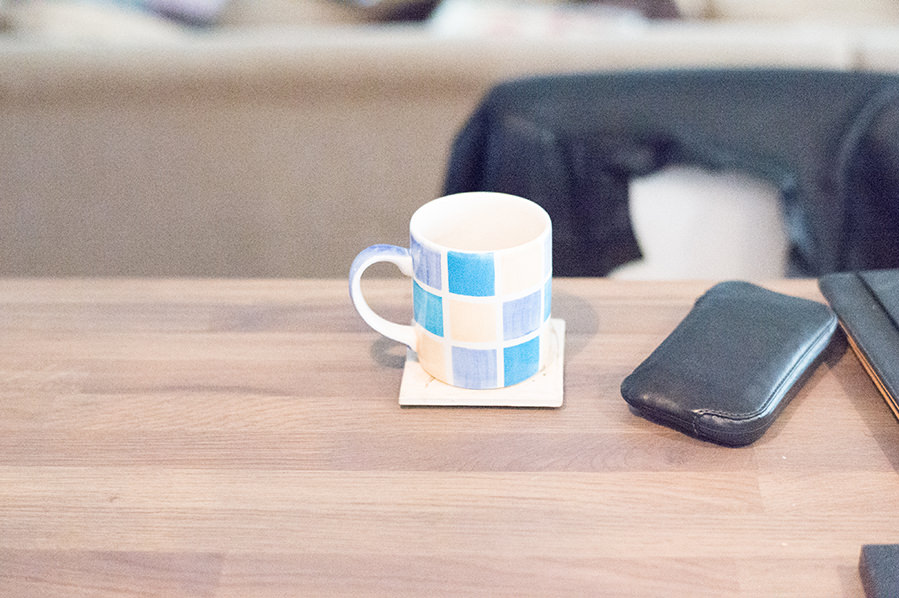
I think the Sony retains a little more detail in the jacket and possibly a little more colour definition, and the D4s displays a little more colour noise. But, to be honest, I don’t think I’ve ever had to push any shot two stops – let alone one at 25,600 iso, so this is really a moot point. Which ever way you see these shots, there is certainly no clear victory for the a7s, as DXO Mark would have you believe. For me, I’d take the D4s every day of the week, and even more at the weekends when I’m shooting weddings :).
My next gear review is going to be an 85mm retrospective. The Sigma 85mm 1.4, the Nikon 85 1.4g and the Nikon 85 1.8g. Again, when I was trying to find the best option for me there were some questions I had that went unanswered, so here I will try to answer them for you! Cx
All content copyrighted to Charlie Campey, Surrey Wedding Photographer, 2016


